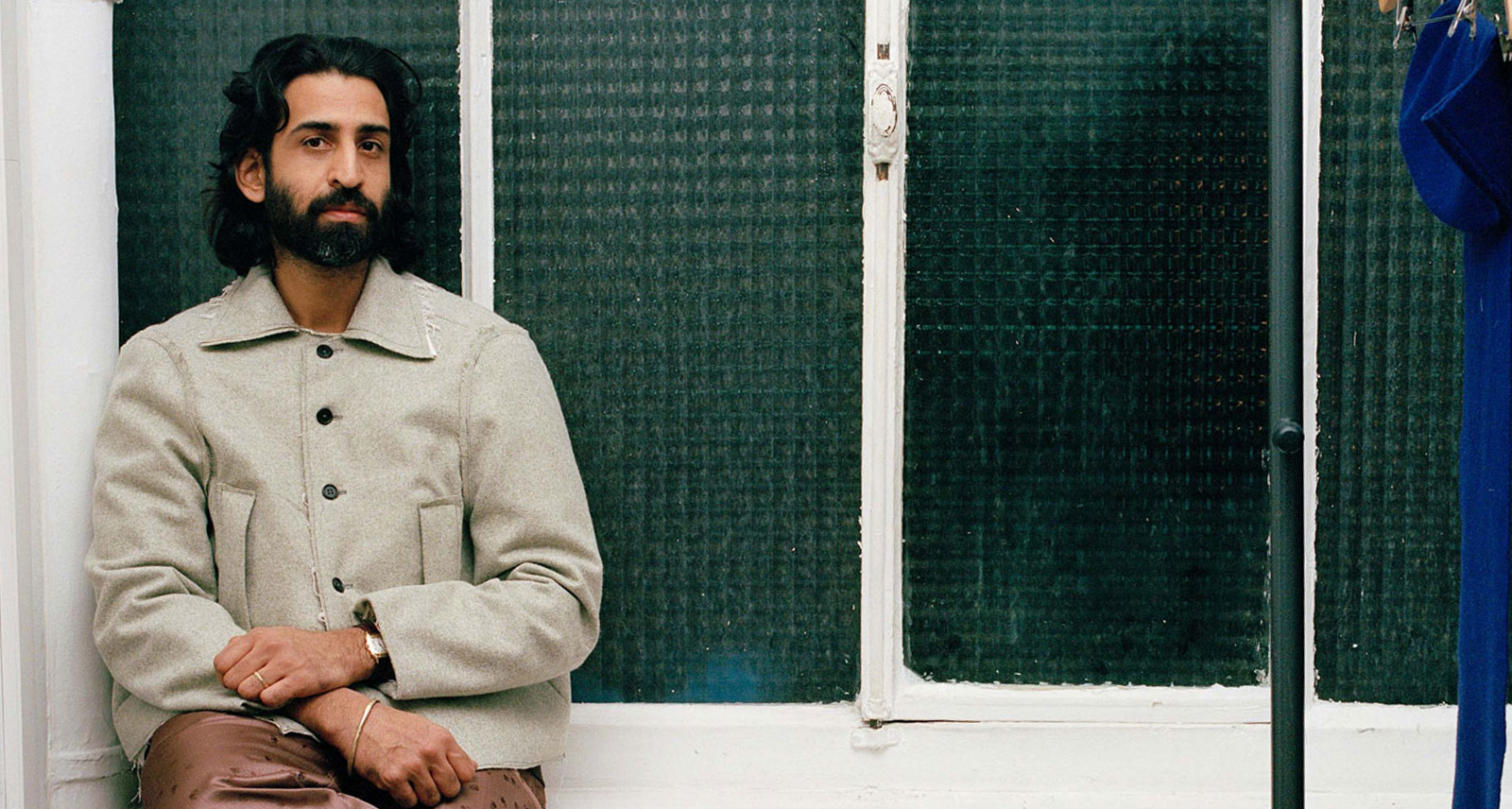‘The Silence of the Lambs’ Just Turned 25, and It’s Still the Scariest Movie We’ve Ever Seen
It was the late ‘90s. I was 8 or 9 years old, high on sugar at some friend’s birthday sleepover, blissfully unaware that childhood as I knew it was about to end — for that night, some irresponsible (or absent, I can’t remember) parent decided it would be a good idea to let us watch a battered VHS copy of The Silence of the Lambs.
If I remember right (and it could be I’m just flattering myself), I held it together better than some kids at the party. Minimal shrieking. But I’ve never been the same. Even today, long after I’ve hardened into an unusually stone-faced moviegoer, The Silence of the Lambs, which was released 25 years ago this week (on Valentine’s Day, if you can believe it), is my kryptonite. Its last 30 minutes — good God, that basement — can reduce me to a panicky pre-teen hysteria more effectively than any portion of any scary movie I’ve seen since.
This is, objectively, weird. By today’s standards, nothing in The Silence of the Lambs is all that extreme; if you took out the F-words and a few of its most lurid images, it could play on basic cable. Its best, creepiest scenes are all talk, no gore.
But maybe that’s why it’s held up so well over time. There’s an upper limit to how shocking screen violence can be (at least with fictional screen violence); The Silence of the Lambs was my first, but once you’ve seen one fake disembowelment, you’ve seen them all. What’s scarier, and harder, for a movie to do is to upend your sense of right and wrong, good and evil, day and night.
As a kid, Hannibal Lecter was terrifying because he was a bad guy who eats people. As an adult, Hannibal Lecter is terrifying because he’s a bad guy who eats people and who sometimes, when you least expect it, acts like a good guy. If a villain as over the top as “Hannibal the Cannibal” can’t be reliably pegged as evil, can anyone? Is “evil” even a valid moral category, or just a construct that helps us sleep at night? Can we ever be safe?
Is “evil” even a valid moral category, or just a construct that helps us sleep at night?
These are not questions I could voice as an 8-year-old, but even then I think I could sense that the film’s answer to all of them was a sickly cheerful “no.” According to The Silence of the Lambs, those terrible stories on the news I was just beginning to understand were only going to become more complicated and upsetting with age, and Mom and Dad could save me from none of it. Sleep tight.
It’s hard to believe, 25 years later, that such a dark movie was ever a success, much less a huge critical and commercial hit. (Give or take No Country for Old Men, Lambs is by far the meanest, bleakest film to ever win the Oscar for Best Picture.) Maybe for its intended audience (adults), Lambs is less overwhelming, more enjoyable for its pure craftsmanship: amazing performances, stylish imagery, suspenseful writing. I’ll never know, because I’ll never be able to separate the movie from that fateful night two decades ago. It burrowed deep into my lizard brain and has stayed there ever since, brooding. You never forget your first time.










